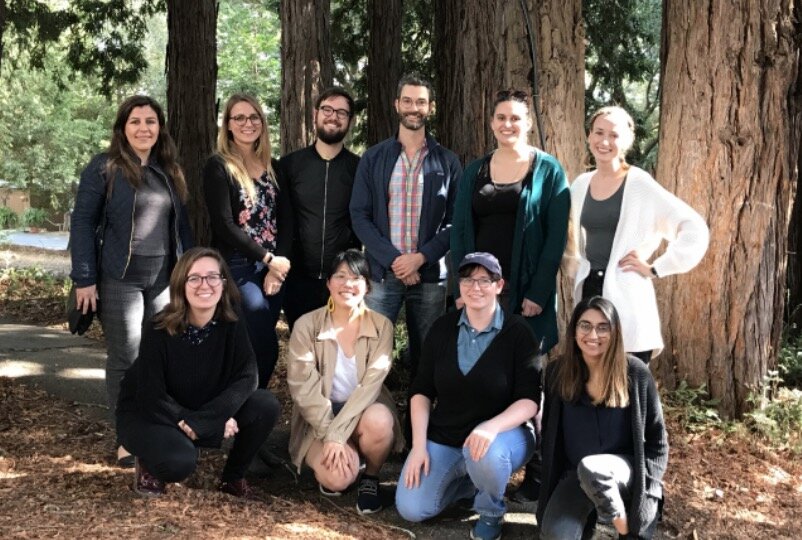III. The University of California Commitment to Diversity
The mission of the University of California (UC) is to serve society as a center of higher learning, providing long-term societal benefits through transmitting advanced knowledge, discovering new knowledge, and functioning as an active working repository of organized knowledge. The 2006 UC Statement on Diversity, recognizes that, “[t]he diversity of the people of California has been the source of innovative ideas and creative accomplishments throughout the state’s history into the present” and that in order to serve its core mission, UC, “must seek to achieve diversity among its student bodies and among its employees.” The UC Statement on Diversity defines diversity as “the variety of personal experiences, values, and worldviews that arise from differences of culture and circumstance. Such differences include race, ethnicity, gender, age, religion, language, abilities/disabilities, sexual orientation, gender identity, socioeconomic status, and geographic region, and more." Employing equitable and inclusive holistic review practices serves to remove barriers to the recruitment, retention, and advancement of talented students from historically underrepresented groups and support cohorts that are more likely to reflect the diversity of California and our changing U.S. population.
The UC campuses must comply with the California Constitution which prohibits consideration of race, ethnicity and gender in the public university. However, it is permissible in Graduate admissions processes to consider applicants’ potential to contribute to diversity and equal opportunity through their background, experience and potential for leadership in diversifying their field. The UC Guidelines For Addressing Race and Gender Equity in Academic Programs in Compliance with Proposition 209 provide a roadmap: "Departments can approach the selection process in terms of building a cohort that will enhance the breadth of interests, experiences, and perspectives in the department. Departments can consider a wide variety of indicators in the evaluation of candidates, including potential for leadership and significant life experiences, rather than admitting students solely on a narrow range of traditional indicators." A greater emphasis on applicant interests and experiences will lead to equitable and inclusive selection practices contributing not only to student success, but the academic excellence of student cohorts.










